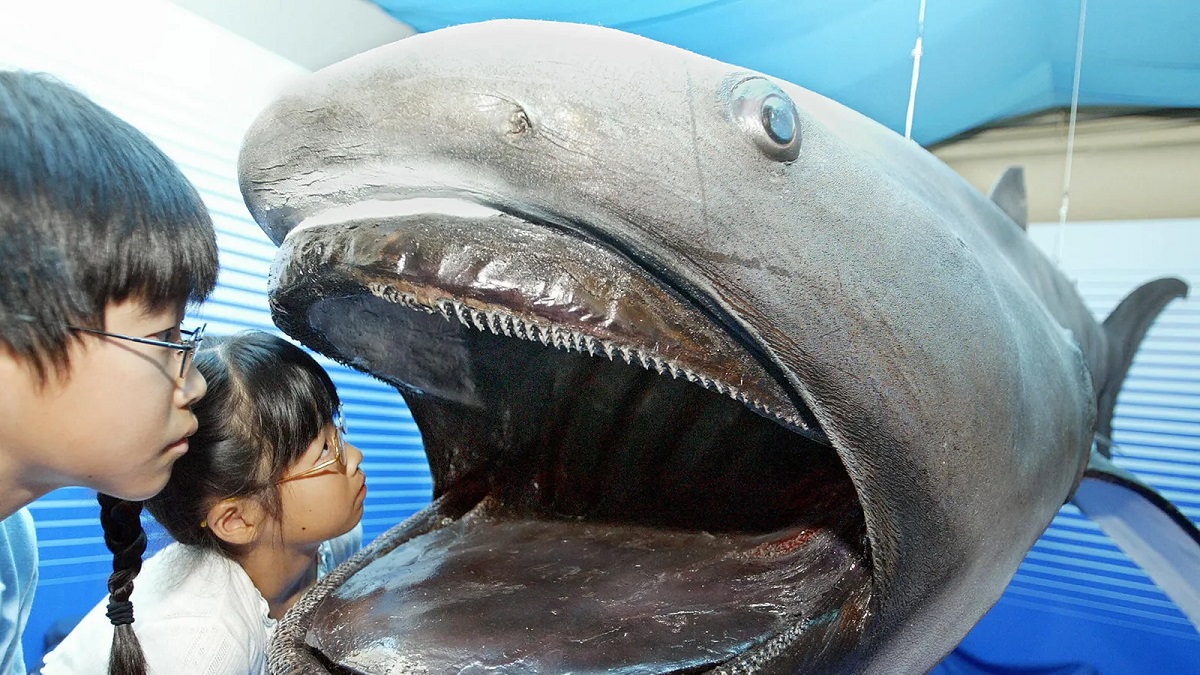By following a trail of peculiar-looking eggs, researchers in Australia recently discovered a new species of devil catshark.
This dusky deepwater shark features eye-catching white markings. Several years ago, Brett Human, who was a volunteer at the museum at the time, found a peculiar yolk-yellow shark egg with deep T-shaped ridges in the museum’s collection. Before laying their eggs on the ocean floor, where the eggs may take months to hatch, female catsharks first incubate them inside their bodies. Among the remarkable “mermaid’s purses,” or shark egg casings, the Human’s egg stood out even in this diverse group.

Within one of the eggs, researchers found a tiny embryo that appeared to belong to the Apristurus genus of tiny catsharks. Although they are called “demon catsharks,” the small sharks of the Apristurus genus pose no threat to humans and primarily feed on small fish and crustaceans in deep waters.
Human and researcher William White initially thought the eggs might be from the species A. Bucephalus or A. sinensis of the genus, but upon inspecting the specimens, they discovered that the eggs lacked the distinguishing ridges. Years later, White and other scientists from the Australian National Fish Collection, the authors of the new publication, found two more ridged eggs while continuing their investigation into the species responsible for these remarkable artifacts.

The majority of the eggs were found at a depth between 410 and 504 meters off Australia’s northwest coast. Therefore, the researchers searched for fish species found at the same depth in the nation’s fish databases. Eventually, they found an 18-inch-long female catshark carrying the distinctive ridged egg, which they later discovered was pregnant.
They concluded that she belonged to the group of catsharks known as “brunneus,” which includes the hoary catshark, the flaccid catshark, the humpback catshark, and the milk-eye catshark. They concluded that she was physically closest to the species A. sinensis, which Human had previously considered.

However, the researchers assigned her the species Apristurus ovicorrugatus, which in Latin means “corrugated egg.” She joined the nine other new catsharks that had been added to the genus in the previous ten years. A. ovicorrugatus is the shallowest dweller in the group and only descends to an average depth of 550 meters, whereas A. sinensis can descend to a depth of 1,290 meters.
This raises the question of why the ridges are so sharp. According to the study, during the lengthy process of maturation into juvenile sharks, the ridges likely protect predators and other marine creatures. Catshark eggs consist of a stiff collagen material resembling keratin, but they still allow seawater to enter the interior.
As a result, the shark that develops is a “raptorial” predator with a heightened awareness of its surroundings and exceptional taste, hearing, and smell senses. Catsharks can perceive shifting electrical fields in the water, aiding them in locating moving fish.


